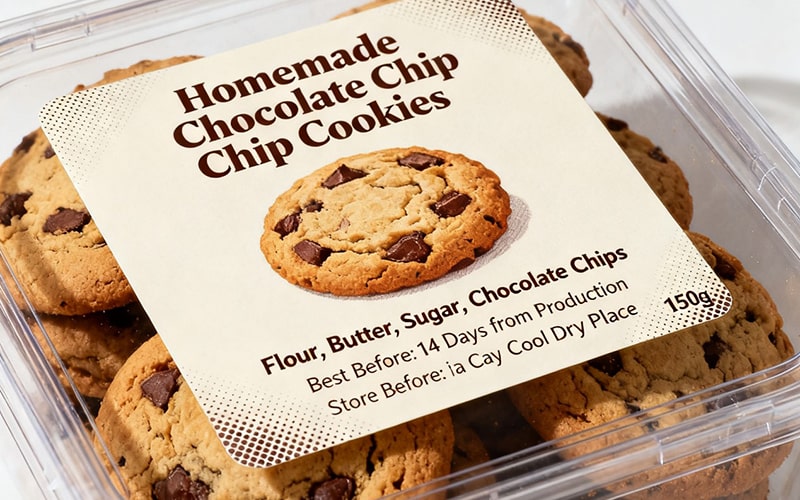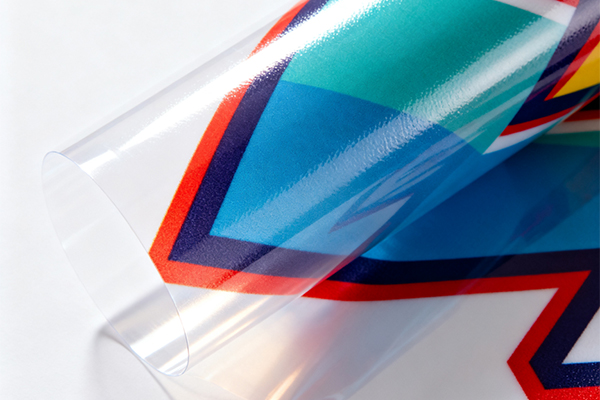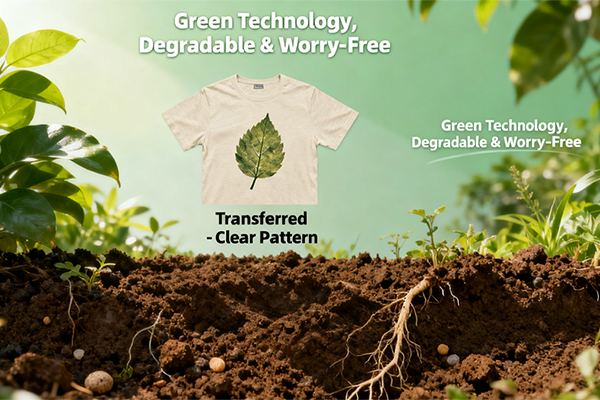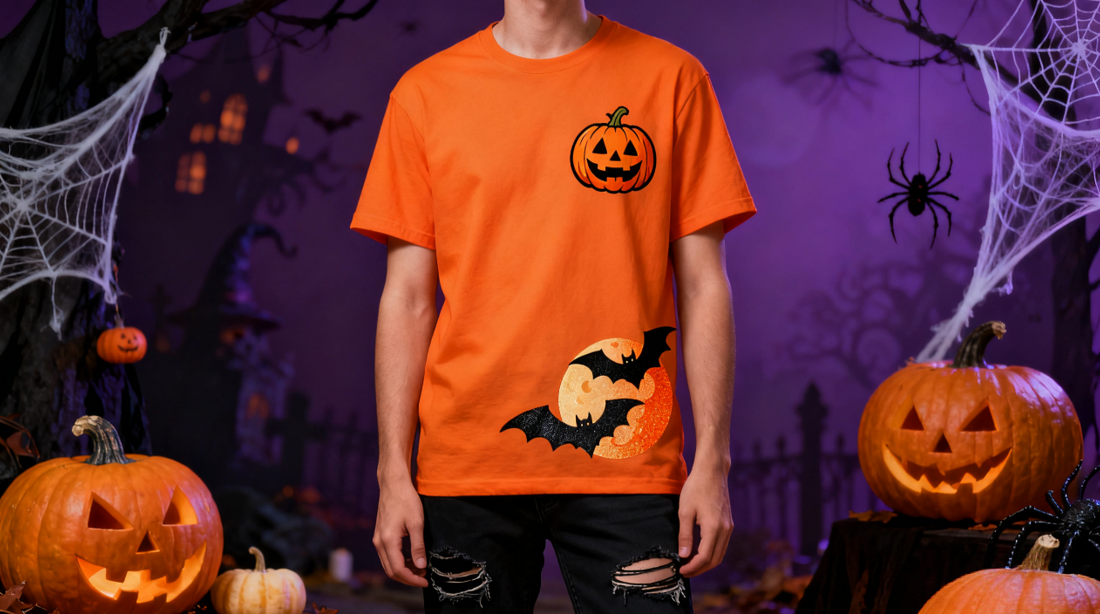Flexo Printing Explained for Self Adhesive Label Films
Flexo printing uses flexible plates to create high...
MoreA self-adhesive label, commonly known as a sticker label or pressure-sensitive label, is a versatile material that adheres to surfaces without the need for heat, water, or solvent activation. It consists of three primary layers: the face material (paper, film, or foil), the adhesive, and the release liner (backing paper). The label stock is coated with an adhesive that is permanently tacky, allowing it to form a bond with the substrate when light pressure is applied. This technology revolutionized packaging, shipping, and product identification by enabling high-speed application and durable performance across industries like food & beverage, logistics, pharmaceuticals, and retail. According to industry reports from MarketsandMarkets, the global pressure sensitive adhesive labels market size was valued at USD 93.4 billion in 2023 and is projected to reach USD 125.6 billion by 2028, growing at a CAGR of 6.1%, driven by e-commerce expansion and demand for flexible packaging solutions.
Self-adhesive labels dominate modern packaging due to their efficiency and adaptability. Unlike traditional glue-applied labels, they eliminate messy processes and reduce application time by up to 50%, as noted in packaging efficiency studies. They are engineered for specific environments: permanent labels use strong acrylic or rubber-based adhesives for long-term bonding, while removable labels allow residue-free removal for temporary promotions or reusable packaging. The face material selection is critical—paper labels (e.g., semi-gloss, matte) are cost-effective for shipping and logistics, while synthetic materials like BOPP, PET, and vinyl offer water, chemical, and UV resistance for outdoor or harsh conditions. For instance, in the food industry, FDA-compliant direct thermal labels are used for expiration dates and barcodes, withstanding refrigeration and handling. Data from the Flexible Packaging Association indicates that 70% of consumer goods brands prefer self-adhesive labels for their sustainability options, such as recyclable liners and biodegradable adhesives, aligning with circular economy goals. Advanced features like tamper-evidence, serialization, and QR codes further enhance traceability and anti-counterfeiting measures, making them indispensable in supply chain management.
Selecting the right self-adhesive label requires a systematic approach to ensure performance, compliance, and cost-efficiency. Begin by analyzing the application surface—is it curved, flat, textured, or smooth? For example, high-surface energy materials like glass and metal demand permanent acrylic adhesives, while low-energy surfaces like polyethylene (common in HDPE containers) require specialized adhesives to prevent peeling. Industry standards from FINAT (the global label association) recommend testing adhesion through peel force tests, which measure bond strength in Newtons per inch. Next, evaluate environmental exposure: outdoor labels for logistics must withstand UV radiation and temperature fluctuations (-40°C to 80°C), often requiring UV-resistant films like PVC or polyester. In contrast, freezer-grade labels use low-temperature adhesives to avoid brittleness. Durability tests, such as ASTM D3330 for adhesion and ISO 4892-3 for weather resistance, provide validated data for material selection. For compliance-driven sectors like pharmaceuticals or cosmetics, labels must meet regulatory norms (e.g., EU Falsified Medicines Directive mandating serialized QR codes), necessitating tamper-evident materials and legible print quality. Additionally, consider sustainability—water-based adhesives and linerless technologies reduce waste, with recycled content liners cutting landfill contributions by up to 30%, as per Environmental Protection Agency benchmarks. Partnering with ISO 9001-certified suppliers ensures consistency, while digital printing enables short runs and customization without compromising on turnaround times. Always request samples for real-world testing under simulated conditions to validate performance before bulk ordering.
Select the most popular foreign trade service products to meet your diverse needs
Learn more about the dynamics and professional knowledge of the foreign trade industry

Flexo printing uses flexible plates to create high...
More
Sports are all about unity—and nothing fuels team ...
More
If you’re new to garment printing, using DTF film ...
More

In the dynamic world of custom apparel printing, b...
More
Get ahead of the holiday rush with this actionable...
MoreSelect the most popular foreign trade service products to meet your diverse needs
Explore more content related to foreign trade services

Tel: +86 17706217416
Add: Building L2A, No. 520, Lane 1588, Zhuguang Road, Hongqiao World Center, Qingpu District, Shanghai, China
User Comments
Service Experience Sharing from Real Customers
Jennifer Mitchell
Office ManagerThese self adhesive labels are fantastic! They stick perfectly and don't peel off, even on textured surfaces. The adhesive is strong yet removable without leaving residue. Perfect for our office filing system.
David Chen
Warehouse SupervisorExcellent quality self adhesive labels that withstand humidity and handling in our warehouse environment. They adhere strongly to various packaging materials and the print doesn't smudge. Highly recommended for industrial use.
Sarah Johnson
Retail Store OwnerGreat self adhesive labels for pricing and product information. They apply smoothly and stay in place on different surfaces. The only minor issue is they could be slightly more opaque for better readability on dark backgrounds.
Michael Rodriguez
Laboratory TechnicianThese labels maintain excellent adhesion even in refrigerated conditions and resist moisture exceptionally well. Perfect for our sample containers and laboratory equipment. The quality exceeds our expectations for scientific applications.